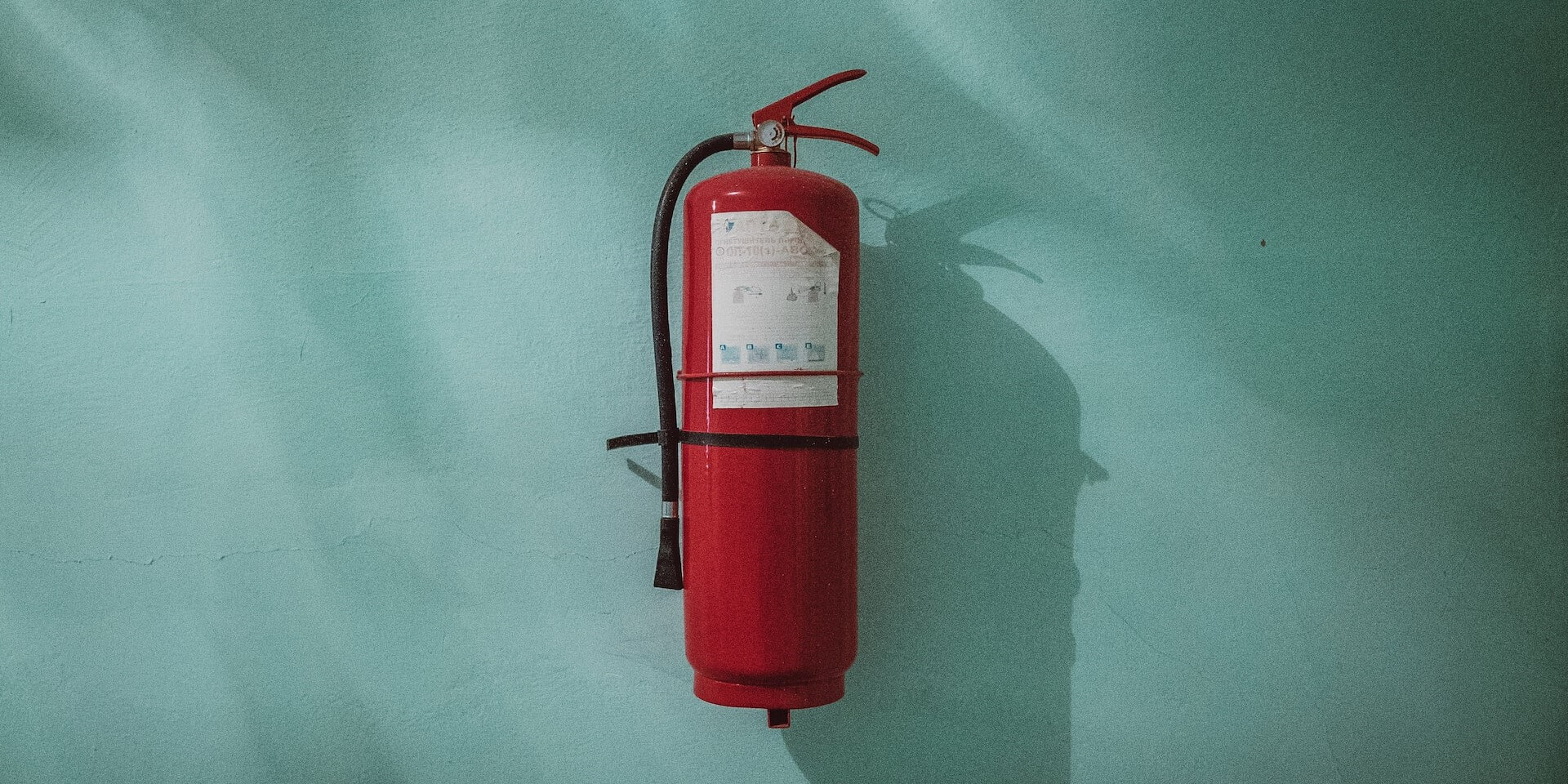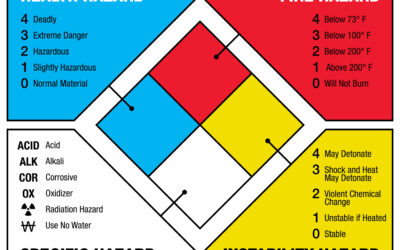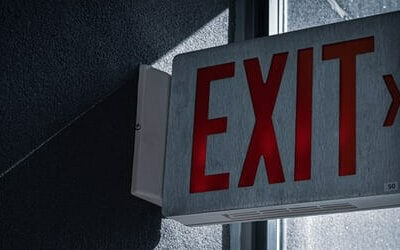The National Fire Protection Association (NFPA) is a self-funded nonprofit organization devoted to eliminating death, injury, property and economic loss due to fire, electrical and related hazards. Their mission is to help save lives and reduce loss with information, knowledge, and passion. With these goals in mind, the NFPA develops codes and standards for buildings to contribute to the safety of the general public.
There are many common questions and misunderstandings about the NFPA’s jurisdiction regarding their standards and codes:
- What are codes, and what are standards?
- What is the difference between NFPA codes and standards?
- Does the NFPA have any legal jurisdiction on building codes and standards?
- Am I required by law to follow regulations set by the NFPA?
Here are some answers to these questions, and more info and recommendations when it comes to NFPA code compliance.
Codes and standards defined
A “code” is defined by the NFPA as a set of rules that knowledgeable people recommend for others to follow. Additionally, it is worth noting that a code is not a law, but is something that could one day be adopted into law. On the other hand, a “standard” is an elaboration of a code. It is more detailed than a code, and is defined by the NFPA as “the nuts and bolts of meeting a code.”
Differences between Codes and Standards
The difference between and code and a standard is that a code tells you what needs to be done, and a standard gives specifics on how to meet code requirements. For example, NFPA code requires that most buildings must have a fire alarm system. Additionally, there are standards that describe what kind of system should be installed and how it must operate.
How codes and standards are made
NFPA codes and standards are created and edited by the Standards Council, which is comprised of 13 people appointed by the NFPA Board of Directors. Over 9,000 people across the globe report to the council as a part of one of many different Technical Committees. These committees are built to create a balanced representation of all parties affected by NFPA codes and standards. Furthermore, they work to balance the risks and costs of these standards. To accomplish this, they discuss how much society is willing to spend to reduce risk when constricting and designing buildings.
A minimum of two-thirds of the related technical committee must approve any change to an NFPA standard or code. Additionally, the NFPA states that “all codes and standards are revised every three to five years through a revision process that takes about two years to work through.
Plan. Protect. Save Lives.
Building Maps is the industry leader in fire evacuation and security mapping illustration and services. Our illustrators and management are trained in NFPA, ICC and OSHA code compliance. Also, every map that we create goes through an in-depth compliance check through Certified Fire Protection Specialists. Contact us, visit our website or request a quote to learn more about our services or receive a quick quote on your mapping project.
More Info





